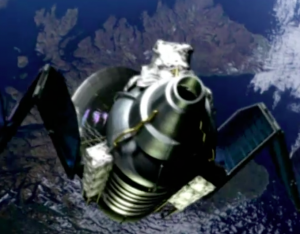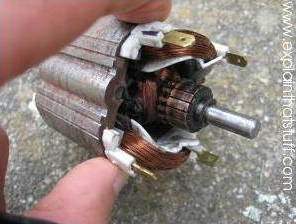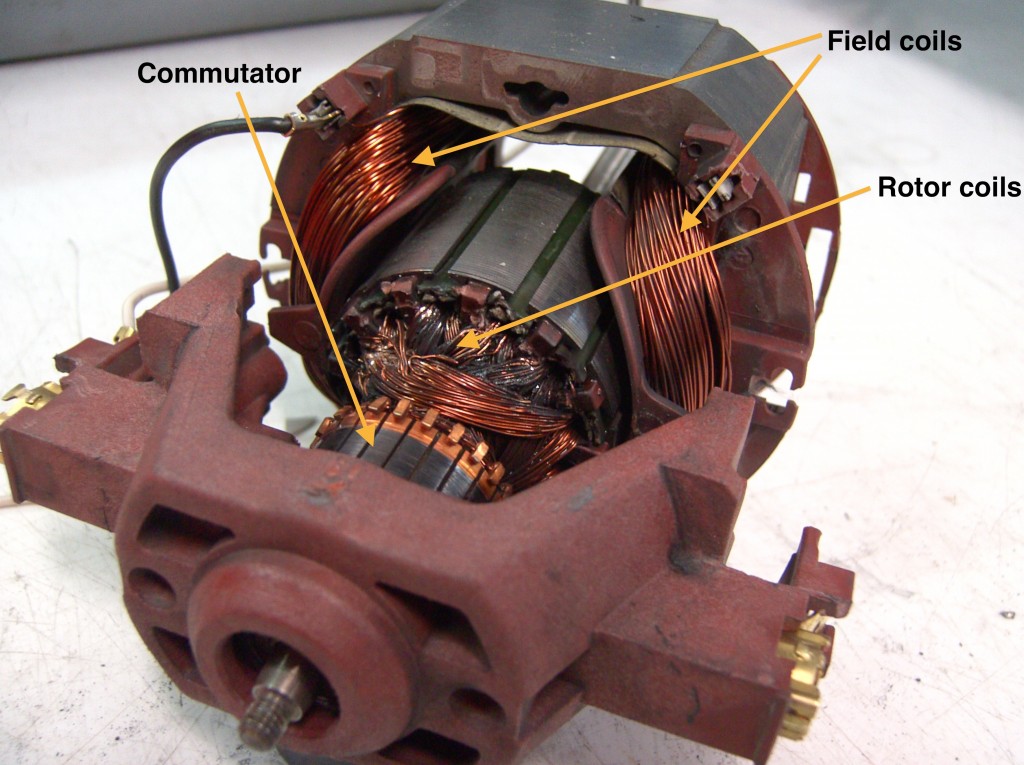We can use ray diagrams to predict whether or not a lens will produce a useful image of an object. The diagram is also able to predict the relative size and orientation of the image, compared to the object.
Watch these short video guides to drawing ray diagrams.
This second video shows an object more than two focal lengths away from the lens.
Finally, for an object within one focal length of the lens.
Once the ray diagram is complete, we need to describe the image that has been formed. The description must tell us about the size, orientation and type of image that is formed.
Size
If the image is larger then the original object, the image is magnified
If the image is smaller than the original object, the image is diminished.
Orientation
If the image is the same way up as the object, it is upright.
If the image is upside down compared to the object, it as inverted.
Type
If the object and image are on opposite sides of the lens, it is a real image.
If the object and image are on the same side of the lens, it is a virtual image.






